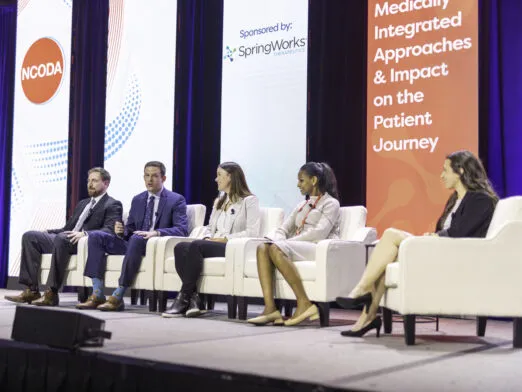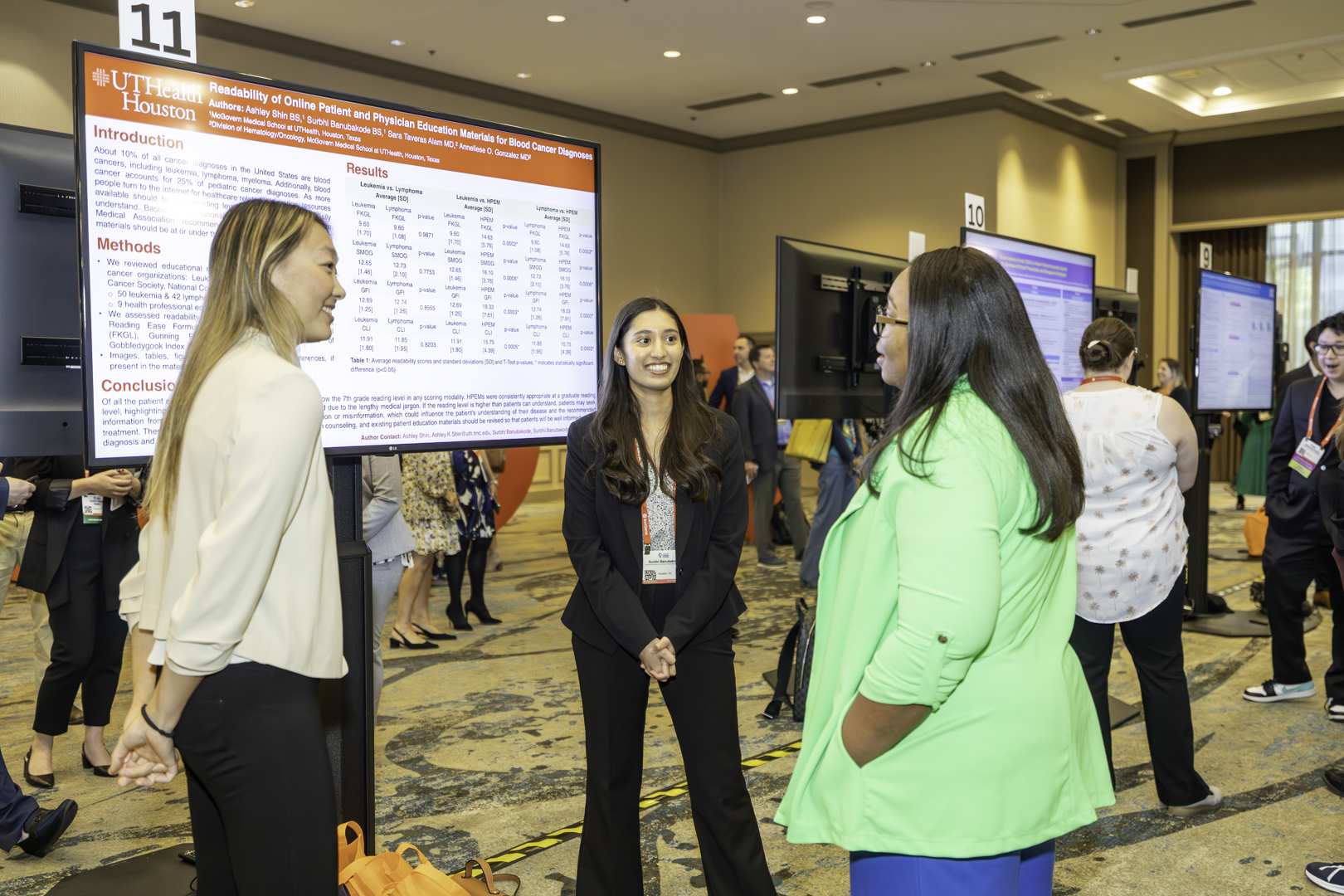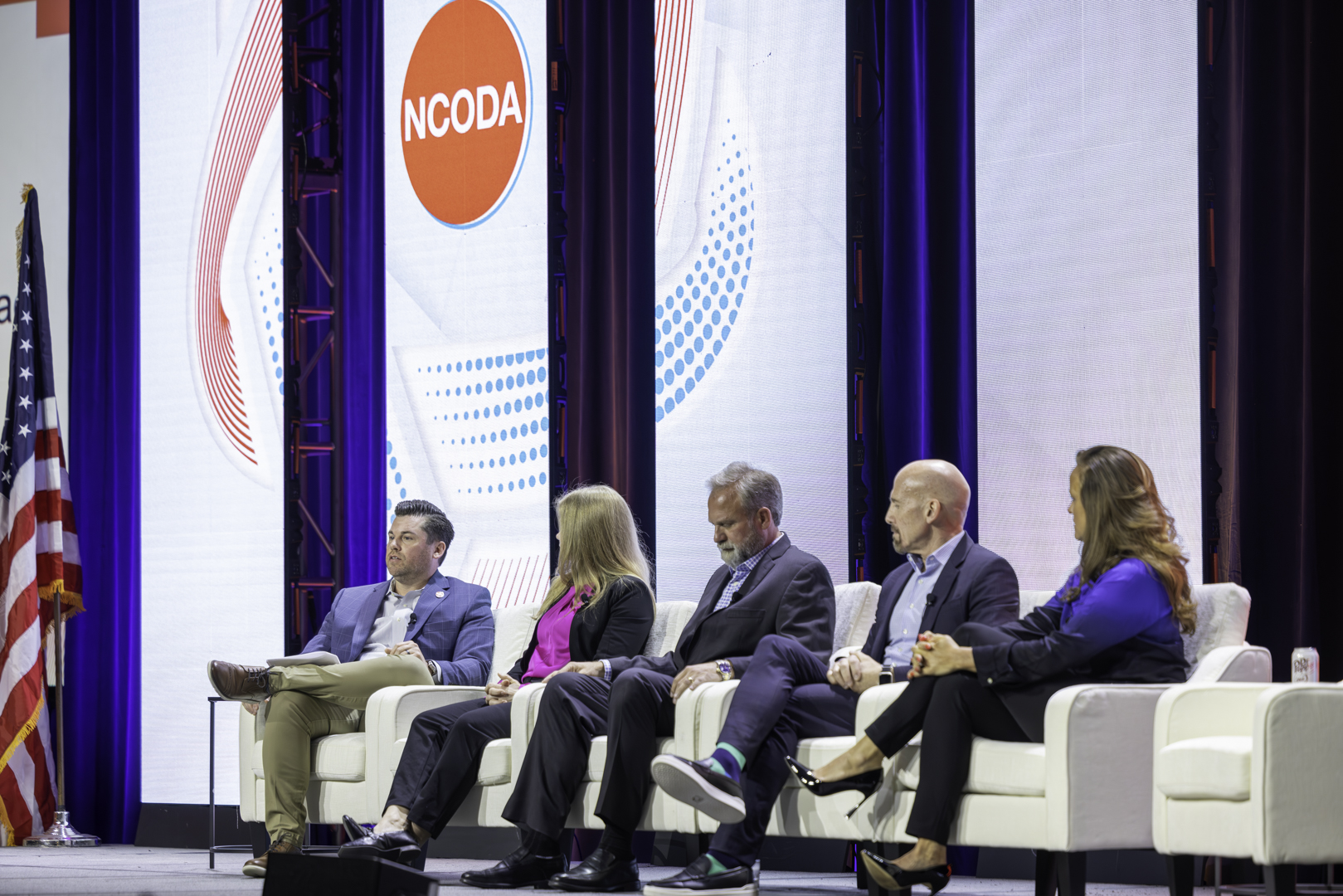- Home
- Clinical Resources Search
- PQI in Action: Zanubrutinib (Brukinsa®) Patient Selection and Management in Mantle Cell Lymphoma – 2
Zanubrutinib (Brukinsa®) Patient Selection and Management in Mantle Cell Lymphoma – 2
Download PQI pdf 1.59MB
Last Updated: October 1, 2021
By: Arizona Blood and Cancer Specialists, AZ | Kootenai Health, ID
About this PQI in Action
Mantle Cell Lymphoma (MCL) is a type of non-Hodgkin’s lymphoma (NHL). MCL is a B-cell lymphoma that develops from malignant B-lymphocytes within a region of the lymph node known as the mantle zone, thus being named mantle cell lymphoma.1 In general MCL is most common among men aged 60 to 70 years of age. According to the National Institute of Health (NIH), MCL is a rare subtype of B-cell NHL with an annual incidence of one case per 200,000 people.2 Many people are asymptomatic during the early stages of MCL. When symptomatic, MCL most commonly manifests with painless swelling of lymph nodes of Waldeyer’s ring. This is a ring of lymphoid tissue around the base of the tongue, either side of the throat, tonsils and the back of the nasal cavity.1,2 Other symptoms may be non-specific, including lack of appetite, nausea, early satiety, abdominal swelling/bloating. Being a B-cell cancer, it comes as no surprise that other symptoms may include what is commonly referred to as “B Symptoms.” These include fever, unexplained weight loss, and night sweats. Diagnosis is achieved through a myriad of tests: lymph node and bone marrow biopsy, imaging, FISH, and flow cytometry. Traditionally, first line therapy consists of combination chemotherapy regimens of varying mechanisms. Bruton’s tyrosine kinase (BTK) inhibitors are reserved for second-line and subsequent therapy options.
More About This PQI in Action
Find a PQIPQI in Action
PQI in Action: Zanubrutinib (Brukinsa®) Patient Selection and Management in Mantle Cell Lymphoma
Last Updated: November 1, 2020
PQI in Action
PQI in Action: Zanubrutinib (Brukinsa®) Patient Selection and Management
Last Updated: February 1, 2024
PQI in Action
PQI in Action: Zanubrutinib (Brukinsa®) Patient Selection and Management – 2
Last Updated: February 1, 2024






